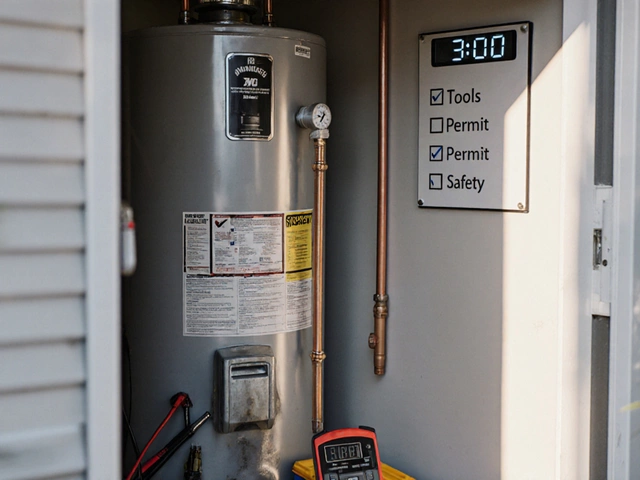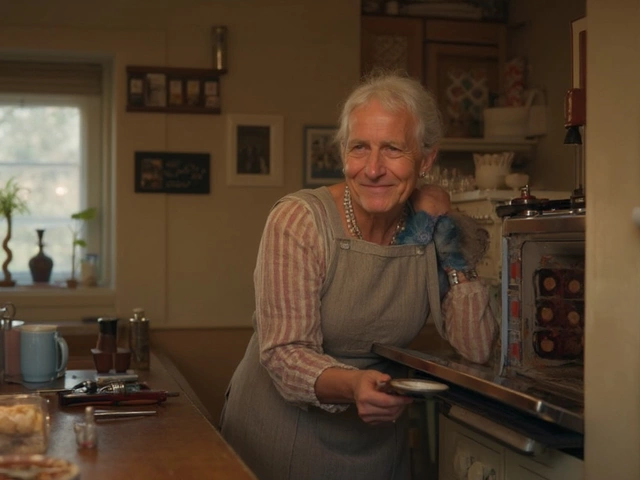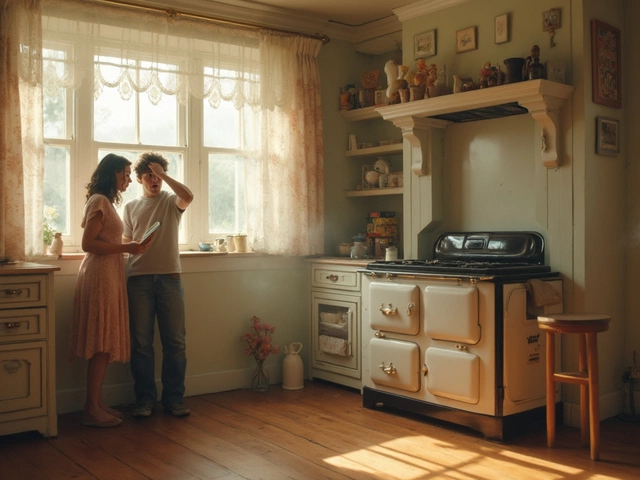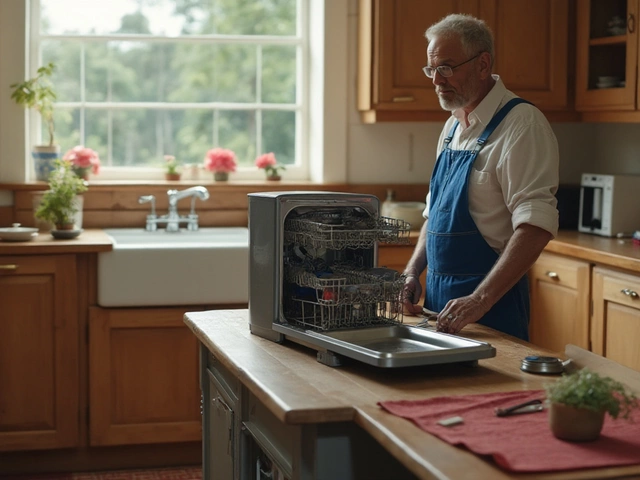Should You Repair or Replace Your Laptop? The Real Cost of Laptop Repairs
June 26 2025Cold Water Issue: What’s Going Wrong and How to Fix It
Ever turned on a tap and got a blast of cold water when you expected hot? Or noticed your shower lukewarm while the kitchen tap is fine? These are classic cold water issues that most homeowners face. The good news is you don’t always need a pricey call‑out. A few simple checks can pinpoint the problem and often solve it on the spot.
Why Your Boiler Might Be Sending Cold Water
Most cold water headaches start with the boiler. If the boiler isn’t firing up, the water circulating through radiators and taps stays at room temperature. Common culprits include a broken thermostat, low gas pressure, or a blocked pump. Give the pressure gauge a look – it should sit between 1 and 1.5 bar when the system is cold. Anything lower means the boiler can’t push water through, resulting in a cold shower.
Another frequent issue is the diverter valve. This valve decides whether hot water goes to the central heating or the taps. When it sticks, hot water may stay in the radiators while the taps stay cold. A quick reset (turn the boiler off, wait a minute, then turn it back on) often frees a stuck valve. If the problem persists, it’s time to call a certified gas engineer.
Non‑Boiler Reasons for Cold Water
Even if the boiler looks fine, the water heater or plumbing can cause cold water. A sediment‑filled water heater loses efficiency; the heating element can’t heat the water fast enough, so you get a lukewarm rush before the hot water catches up. Flushing the tank once a year clears the buildup.
Check the hot‑water tap itself. A faulty mixing valve can blend too much cold water with the hot, making the output feel tepid. Turn the valve to the fully hot position and see if the temperature improves. If not, the valve may need replacing.
Lastly, think about the location of the pipe runs. Long runs of pipe in an unheated area (like a basement) can cool the water before it reaches the tap. Adding a small insulation wrap around the pipe can keep the water warmer without any major work.
In most cases, a cold water issue isn’t a disaster. Start with the easy checks: boiler pressure, diverter valve reset, water‑heater flush, and pipe insulation. If those steps don’t bring warmth back, it’s wise to book a qualified gas engineer. They’ll test the gas supply, inspect internal boiler components, and safely repair any faulty parts.
Remember, regular servicing (once a year) catches these issues before they turn into cold‑water emergencies. A quick tune‑up keeps the boiler efficient, the water heater clean, and your home comfortable year‑round.
Got a cold water problem that won’t budge? Give Bedford Gas Appliance Repair Services a call. Our certified engineers know how to fix boilers, water heaters, and any appliance that’s leaving you shivering.
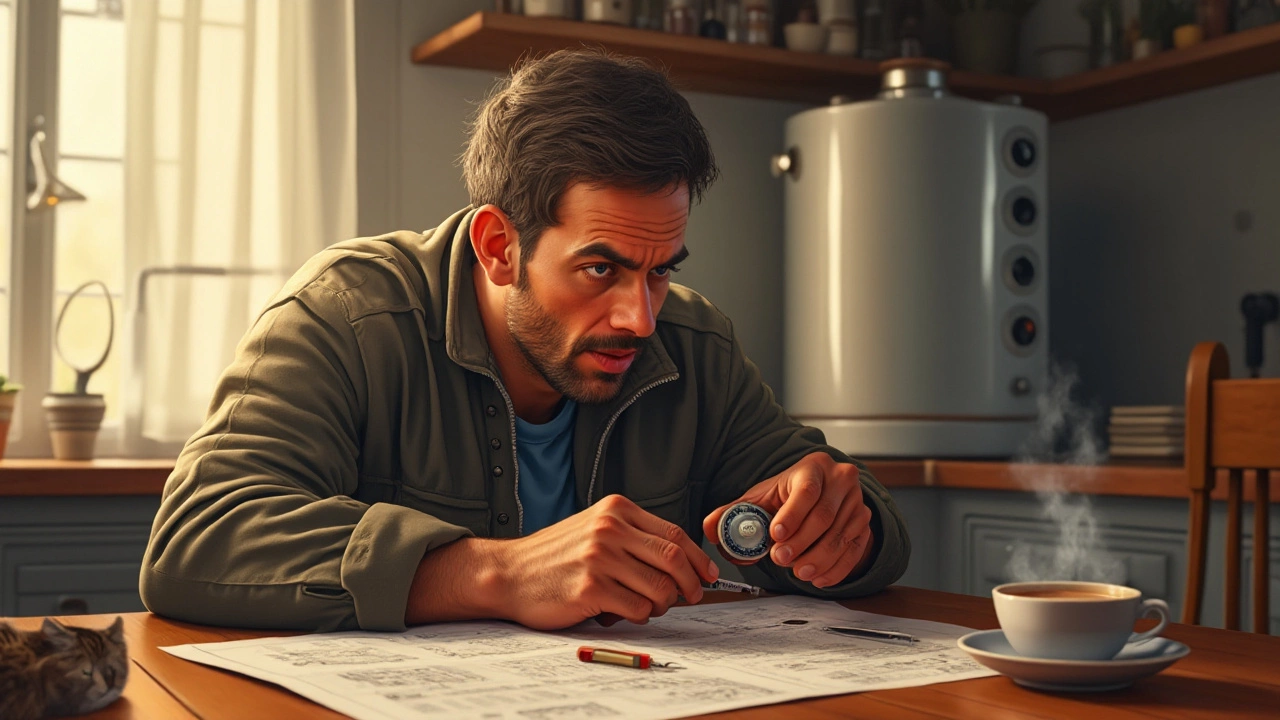 31 Jan
31 Jan
Troubleshoot and Fix a Water Heater Delivering Cold Water
A cold water surprise from your water heater usually signals a problem, and it’s essential to diagnose and fix it before it turns into a costly repair. From checking the thermostat to flushing out sediment, understanding the mechanics can help get your water heater back in action. In some cases, the fix might be simple; other times, professional help might be needed. Explore some hands-on tips and tricks for those willing to try a do-it-yourself approach. Remember, safety is crucial when dealing with the appliance that combines water and electricity or gas.
Read More...
